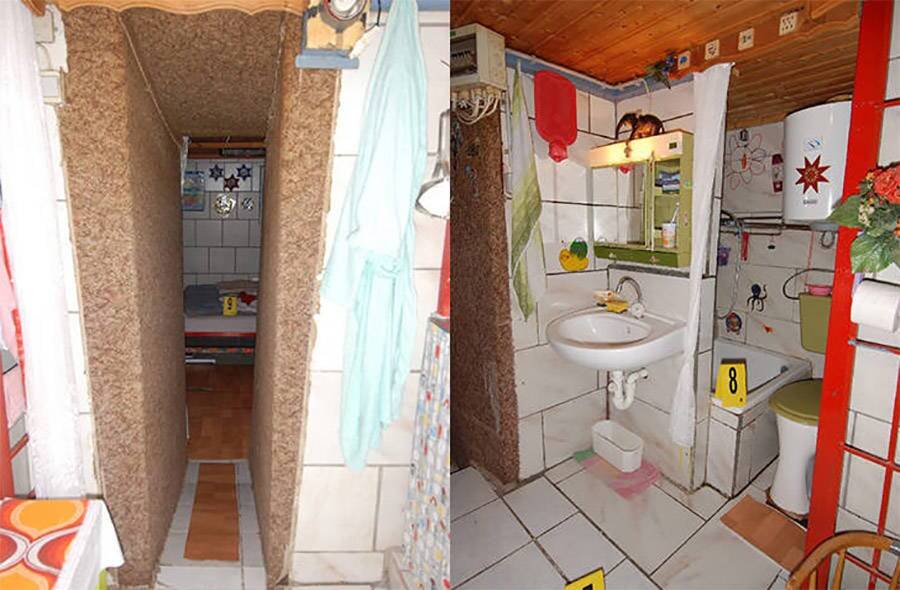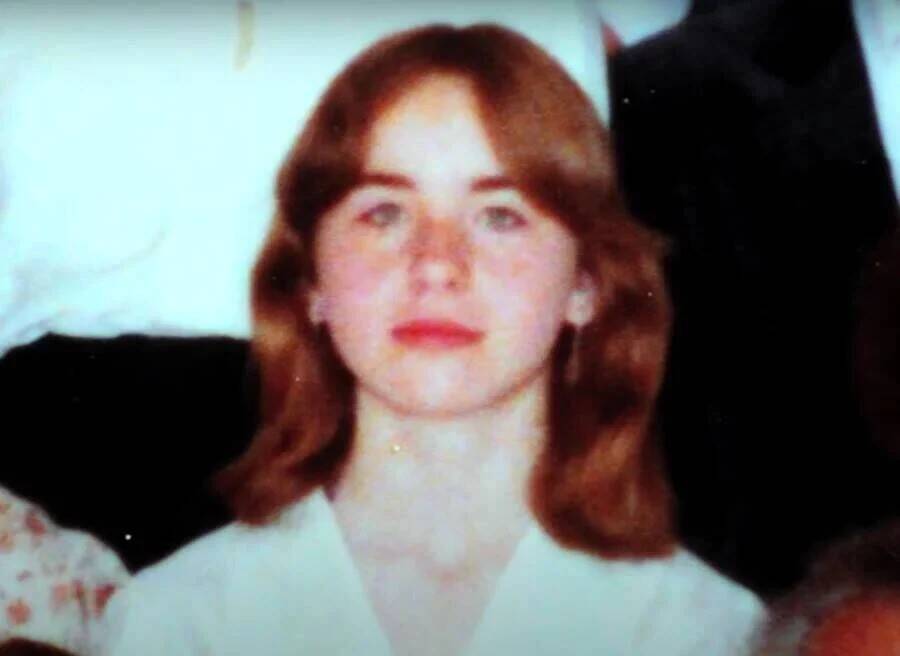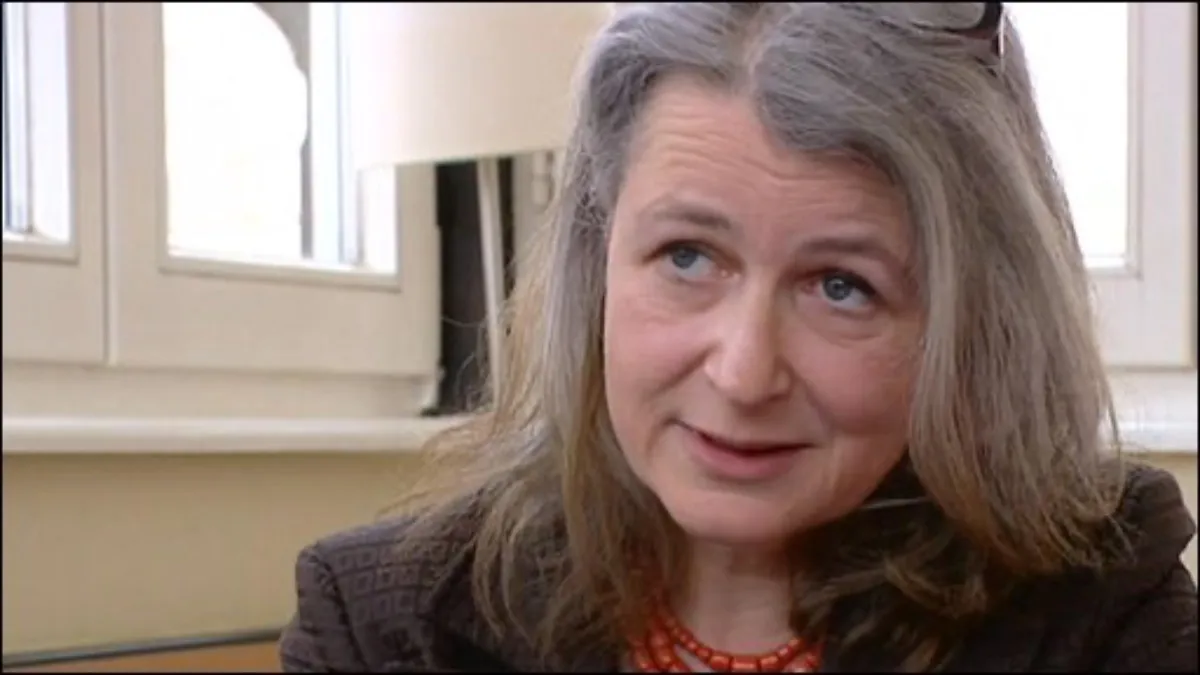When we talk about chilling true crime stories, one name that sends shivers down the spine is Stefan Fritzl. This isn’t just another criminal case; it’s a deeply disturbing narrative that shook the world to its core. Imagine a story so haunting, it forces you to question the limits of human cruelty. This is Stefan Fritzl’s story—a tale of confinement, manipulation, and the resilience of the human spirit.
As we delve deeper into this shocking tale, it’s important to understand the gravity of what transpired. Stefan Fritzl is not just a name; he’s a symbol of the darkness that can lurk within ordinary lives. His actions, which unfolded in a small Austrian town, left an indelible mark on society’s consciousness, raising questions about safety, trust, and the systems meant to protect us.
Through this article, we aim to shed light on the life, crime, and aftermath of Stefan Fritzl’s horrifying deeds. By exploring his story, we hope to provide insight into the complexities of such cases and the importance of awareness and prevention. Let’s dive into the details, shall we?
Read also:%E3%83%9E%E3%82%AF%E3%83%80%E3%83%8B%E3%82%A8%E3%83%AB %E3%82%B8%E3%82%A7%E3%83%8B%E3%83%95%E3%82%A1%E3%83%BC
Table of Contents
- Biography of Stefan Fritzl
- Early Life and Background
- Crime Details: The Hidden Dungeon
- The Victims: Their Story
- The Investigation: Unraveling the Mystery
- Psychological Aspects of the Crime
- Legal Proceedings and Sentencing
- Media Impact and Public Reaction
- Lessons Learned: Moving Forward
- Conclusion: Remembering the Victims
Biography of Stefan Fritzl
Before we dive into the harrowing details of Stefan Fritzl’s crimes, let’s take a moment to understand the man behind the headlines. Stefan Fritzl was born on December 25, 1939, in Amstetten, Austria. On the surface, he appeared to be a regular guy living an ordinary life. However, beneath this facade lay a dark secret that would shock the world.
Personal Data and Background
| Full Name | Stefan Fritzl |
|---|---|
| Date of Birth | December 25, 1939 |
| Place of Birth | Amstetten, Austria |
| Occupation | Electrician |
| Family | Married with three children |
Stefan Fritzl’s life took a dark turn in 1984 when he committed one of the most heinous crimes in modern history. His actions, which went undetected for over two decades, highlight the dangers of hidden abuse and the importance of vigilance within our communities.
Early Life and Background
Growing up in Amstetten, Stefan Fritzl seemed like any other kid in town. He had an unremarkable childhood, with no early signs of the monster he would become. After finishing school, he worked as an electrician, a job that would later play a crucial role in his sinister plans. Little did anyone know, this seemingly normal life masked a dark obsession.
His marriage to Rosi Fritzl in 1960 seemed like a fairytale union at first. They had three children together and lived a quiet life in their home. But beneath the surface, tensions were brewing. The events that would unfold years later would paint a very different picture of this family.
Crime Details: The Hidden Dungeon
Now, let’s get into the nitty-gritty of Stefan Fritzl’s crimes. In 1984, he constructed a secret underground dungeon beneath his home. This dungeon became the prison for his daughter, Elisabeth, who he abducted and held captive for 24 years. During this time, he repeatedly raped her, resulting in the birth of seven children.
Inside the Dungeon
- Stefan Fritzl spent years meticulously designing the dungeon to ensure complete isolation.
- It was equipped with everything needed for survival, including a kitchen, bathroom, and sleeping area.
- The dungeon was soundproof, making it impossible for anyone outside to hear the cries for help.
This chilling setup highlights the meticulous planning and cold-heartedness of Stefan Fritzl’s actions. It’s a stark reminder of how easily such horrors can remain hidden in plain sight.
Read also:Juliette Lewis And Brad Pitt The Ultimate Hollywood Power Couple
The Victims: Their Story
Elisabeth Fritzl’s story is one of unimaginable suffering and resilience. Held captive from the age of 18, she endured years of abuse and isolation. Despite the horrors she faced, she managed to raise her children in the dungeon, teaching them basic skills and providing love and care in the darkest of circumstances.
In 2008, one of Elisabeth’s children, Kerstin, fell ill and required medical attention. This incident led to the discovery of the dungeon and the rescue of Elisabeth and her children. Their bravery in the face of such adversity is a testament to the strength of the human spirit.
The Investigation: Unraveling the Mystery
When Kerstin was taken to the hospital, doctors were puzzled by her lack of identity and medical history. This raised red flags, leading to a thorough investigation. The police were eventually led to the Fritzl family home, where they uncovered the shocking truth.
Stefan Fritzl’s arrest in April 2008 sent shockwaves through Austria and the world. The investigation revealed the extent of his crimes, leading to widespread outrage and calls for justice. The case also prompted a reevaluation of laws and systems designed to protect individuals from such atrocities.
Psychological Aspects of the Crime
Understanding the psychological motivations behind Stefan Fritzl’s actions is crucial in comprehending the full scope of his crimes. Experts have analyzed his behavior, pointing to possible narcissistic tendencies and a desire for control as potential factors.
Elisabeth and her children also underwent extensive psychological evaluations following their rescue. Their journey toward healing and rebuilding their lives is a powerful story of resilience and hope. It’s a reminder that even in the darkest moments, there is always a path toward recovery.
Legal Proceedings and Sentencing
Stefan Fritzl’s trial was a highly publicized event, drawing attention from all over the world. In January 2009, he was sentenced to life in prison without the possibility of parole. The court’s decision was met with widespread approval, as justice was finally served for Elisabeth and her children.
The legal proceedings also highlighted the need for stronger laws and better enforcement mechanisms to prevent similar cases in the future. It’s a call to action for society to remain vigilant and proactive in protecting the vulnerable.
Media Impact and Public Reaction
The media coverage of Stefan Fritzl’s case was extensive, with journalists and commentators from around the globe weighing in on the story. The public reaction was one of disbelief and anger, as people struggled to comprehend the enormity of the crime.
This case also sparked important conversations about domestic abuse, child protection, and the importance of speaking out against injustice. It served as a wake-up call for many, emphasizing the need for awareness and education on these critical issues.
Lessons Learned: Moving Forward
From Stefan Fritzl’s case, we can draw several important lessons. First and foremost, it highlights the importance of vigilance within our communities. We must be aware of the signs of abuse and be willing to speak out when we suspect wrongdoing.
It also underscores the need for stronger legal protections and support systems for victims. By working together, we can create a safer world for everyone, ensuring that such horrors never happen again.
Conclusion: Remembering the Victims
As we wrap up this article, it’s essential to remember the true victims of this harrowing story—Elisabeth Fritzl and her children. Their courage and resilience in the face of unimaginable adversity are truly inspiring. While Stefan Fritzl’s crimes will forever be etched in history, let’s not forget the strength and determination of those who survived them.
We invite you to share this article, leave a comment, or explore other content on our site. Together, we can continue the conversation and work toward a safer, more compassionate world. Remember, awareness is the first step toward change.



